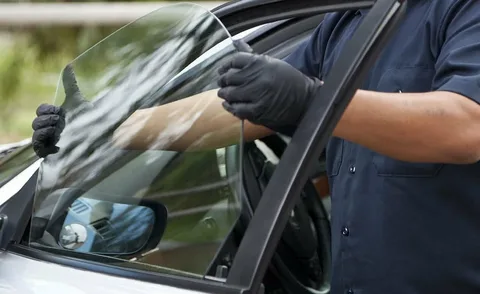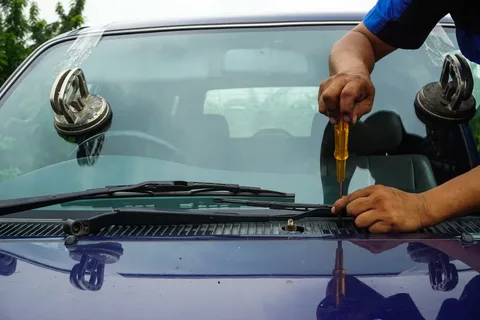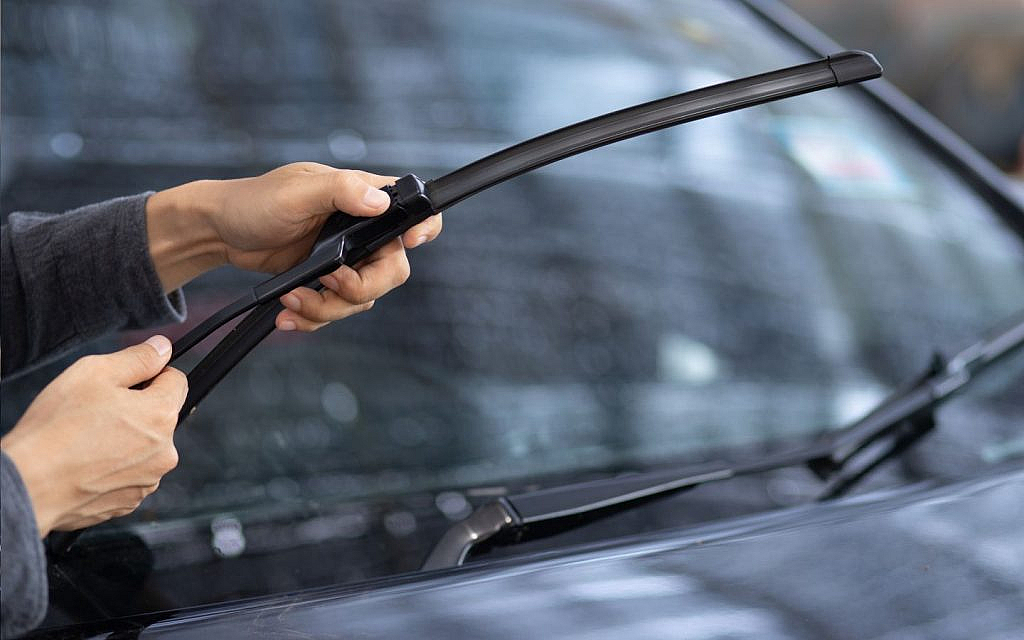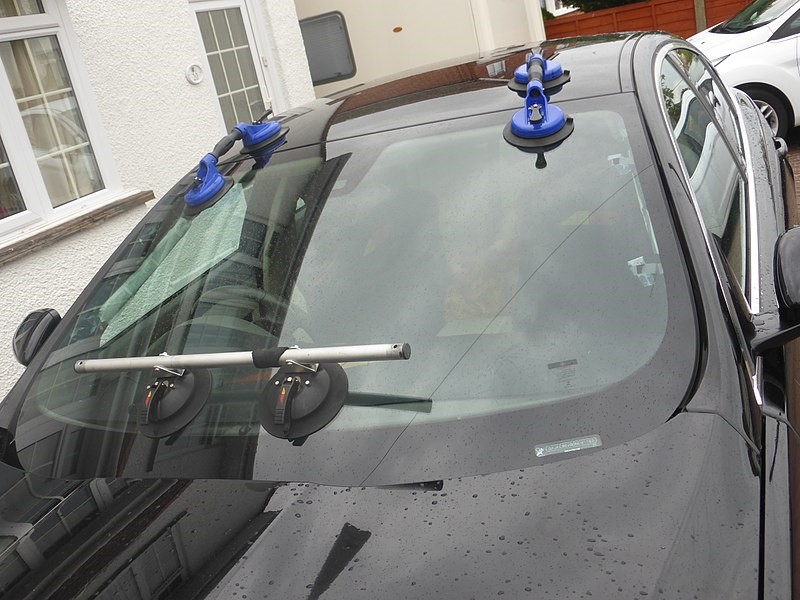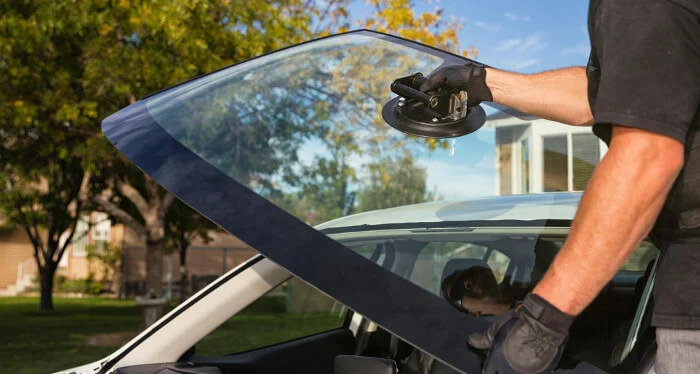A cracked windshield or damaged car window is more than just an inconvenience—it’s a safety issue that can’t be ignored. If you’re like most drivers, you want to know exactly how long it will take to fix so you can get back on the road with peace of mind.
In this blog, we’ll break down the time involved for both auto glass repair and replacement. Whether you’ve got a small chip or a large crack, this guide will help you understand what to expect from start to finish.
Understanding the Auto Glass Repair Process
Not all damage is the same, so the time it takes depends on what type of fix you need. Small chips and minor cracks can often be repaired in under an hour. However, larger cracks or shattered glass will usually require full replacement, which takes longer.
Professionals assess the extent of the damage first. This step ensures you’re not paying for unnecessary work and helps keep you—and your passengers—safe.
How Long Does a Windshield Repair Typically Take?
Quick Repairs for Small Damage
If you have a small chip or hairline crack, you’re in luck. Most auto glass repair services can handle this quickly — usually within 30 to 60 minutes. Technicians clean the area, fill it with a special resin, and then cure it using UV light.
The benefit of prompt repairs? They prevent small damage from spreading, saving you both time and money down the road.
How Long Does Windshield Replacement Usually Take?
A Bit More Time, But Worth It for Safety
When the damage is too extensive for repair—think large cracks, multiple chips, or shattered glass—replacement is necessary. On average, a full windshield replacement takes about 1.5 to 2 hours.
Here’s why:
-
The old glass needs to be carefully removed.
-
The area must be cleaned and prepped.
-
A new windshield is installed and aligned perfectly.
-
Adhesive curing time is required for a secure, safe fit.
Most shops recommend waiting another hour after installation before driving to ensure everything is properly sealed.
What About Side or Rear Window Repairs?
Slightly Different, But Similar Timing
Side and rear windows often require replacement rather than repair because they’re typically made from tempered glass, which shatters on impact. These repairs can take 1 to 2 hours, depending on the vehicle’s design and whether special parts are needed.
Removing broken glass, cleaning the frame, and installing a new pane follow the same careful process as with windshields.
What Factors Affect Repair or Replacement Time?
A Few Key Things to Keep in Mind
Not every job is identical. Several factors can influence how long your auto glass repair or replacement might take:
-
Extent of Damage: Bigger cracks take more work.
-
Vehicle Make & Model: Some cars require special parts or tools.
-
Availability of Glass: Rare models might take longer if parts aren’t in stock.
-
Weather Conditions: Rain or humidity can affect curing time for adhesives.
-
Mobile vs. In-Shop Services: Mobile services may add extra time depending on scheduling.
Being upfront with your service provider about your car’s make and the damage helps you get a more accurate time estimate.
What to Expect from a Professional Auto Glass Repair Appointment
The Process, Step-by-Step
Here’s how a typical auto glass repair or replacement appointment goes:
-
Initial Inspection: Technicians examine the damage to determine repair or replacement.
-
Preparation: Protective covers are used to keep your vehicle safe during the process.
-
Repair/Replacement: The damaged glass is fixed or swapped out with care.
-
Cleanup: Any debris, glass shards, or adhesive is fully removed.
-
Final Check: Quality checks ensure the installation meets safety standards.
A reputable provider will keep you informed at every step and answer any questions you have before, during, and after the work is complete.
Why You Shouldn’t Delay Auto Glass Repairs
Small Damage Can Turn Into Big Problems Fast
It might be tempting to ignore a small chip in your windshield, especially if you’re busy. But the truth is, minor damage can quickly spread, especially when exposed to temperature changes or road vibrations.
Quick, professional auto glass repair saves you money and protects your safety. Waiting too long might mean you’ll need a full replacement when a simple fix would’ve done the job.
How to Choose the Right Auto Glass Repair Company
Trust Matters When It Comes to Safety
Not all repair shops are created equal. When choosing a service provider, look for:
-
Positive customer reviews
-
Certified and experienced technicians
-
Warranty on parts and labor
-
Quick and reliable turnaround times
Choosing a reputable company ensures you’ll receive safe, lasting results and avoid repeat visits.
Final Thoughts: Don’t Let Auto Glass Damage Slow You Down
In most cases, auto glass repair or replacement can be handled in just a few hours. Whether it’s a small chip or a larger crack, professional services are fast, efficient, and focused on keeping you safe on the road.
If you’ve noticed any damage to your vehicle’s glass, reach out to a trusted local provider and schedule your repair as soon as possible. It’s one of the simplest ways to protect both your car and your peace of mind.
FAQs About Auto Glass Repair & Replacement
Q1: Can I drive immediately after my windshield is replaced?
Most shops recommend waiting at least one hour to ensure the adhesive has properly set before driving.
Q2: Does insurance typically cover windshield repair?
Yes, many insurance policies cover glass repair with little to no deductible. Check with your provider.
Q3: How do I know if I need a full replacement?
If the crack is longer than 6 inches, spreads across the windshield, or is in the driver’s line of sight, replacement is usually necessary.
Q4: Is mobile auto glass repair just as reliable as in-shop service?
Yes, mobile services offer the same quality work. The only difference is the convenience of having them come to you.
Q5: How do I prevent future glass damage?
Keep a safe distance from construction vehicles, avoid extreme temperature shifts when possible, and fix small chips early to prevent cracks from spreading.

